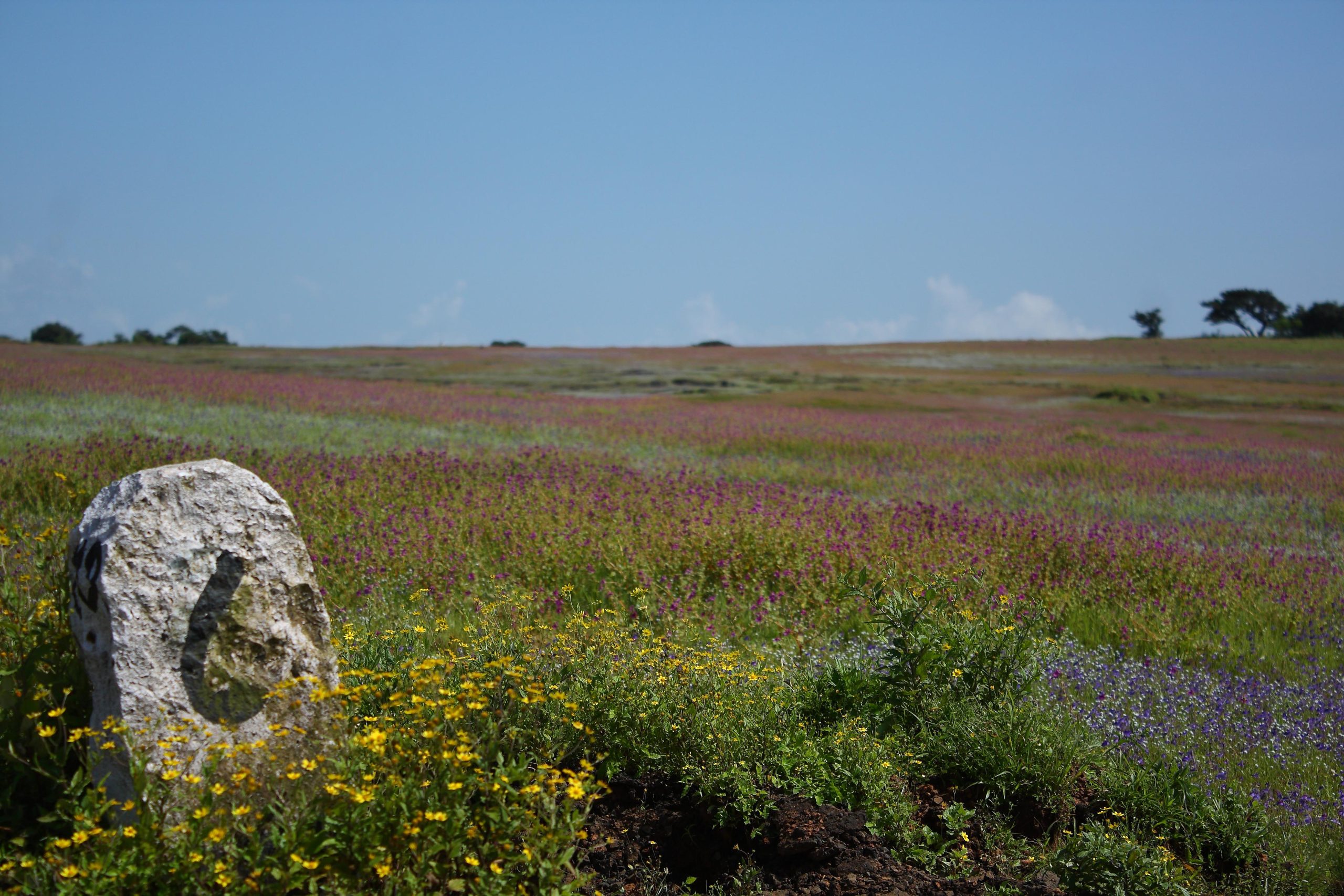Nestled in the heart of the Western Ghats in peninsular India, Kaas plateau is a mesmerizing landscape that transforms into a riot of colours after the onset of the south-west monsoon each year, when a diverse array of wildflowers burst into bloom. Popularly known as Maharashtra’s Valley of Flowers, this UNESCO Natural World Heritage Site is as rich in floral diversity as Uttarakhand’s meadows of endemic alpine flowers.
Kaas plateau is mainly formed of basalt rock, covered with a thin layer of acidic soil, not more than an inch thick. The entire plateau is uneven, which causes some parts to be dry where water runs off and some sections where water accumulates, forming water-logged areas. These features constitute a unique habitat with nutrient-deficient soil. The thin soil layer does not allow large shrubs and trees to grow, creating a habitat that appears dry and barren through most of the year but gives rise to abundant seasonal blooms during the monsoon.
This article takes you on a visual journey through Kaas plateau – a botanical wonderland – showcasing the delicate beauty of its indigenous flora, from the vibrant carpets of blossoms to the enchanting carnivorous plants that call this plateau home.

Droseras are enigmatic carnivorous plants that fascinate botanists and nature enthusiasts alike. Commonly known as sundews, they are usually found in nutrient-poor soils, where they employ a unique survival strategy. Glistening, sticky droplets on their tentacle-like structures lure unsuspecting insects, trapping them for food.

This remarkable adaptation showcases nature’s ingenuity, as these plants have evolved into predators to thrive in harsh environments. Kaas has two species of sundew, the Indian sundew (Drosera indica) and Burmese sundew (Drosera burmannii).
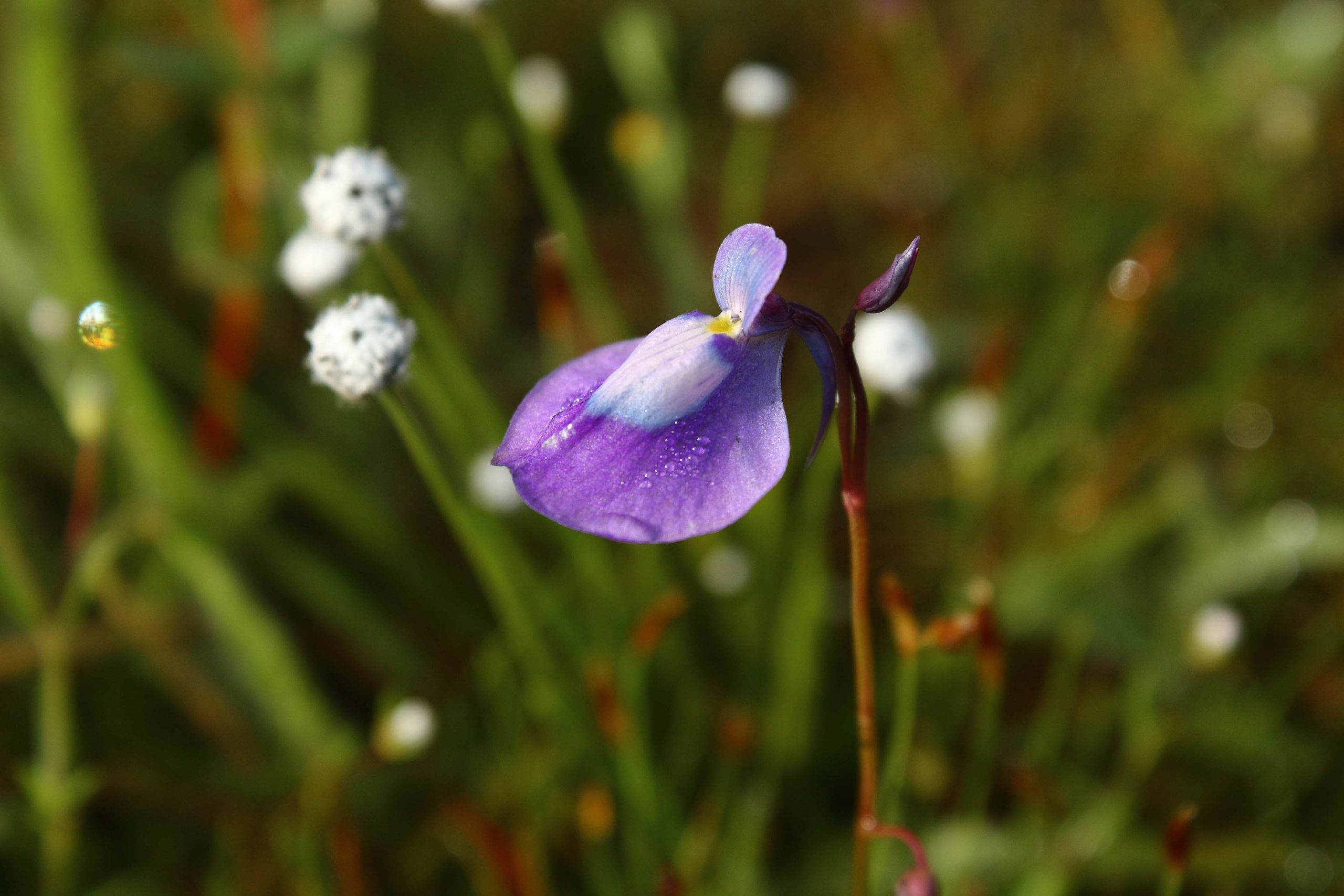
Another group of carnivorous plants found in Kaas are the bladderworts, scientifically called Utricularia, which have a fascinating method of catching prey. Their unique adaptation lies in tiny, vacuum-like bladder traps that swiftly suck in unsuspecting prey, mainly small aquatic organisms. These diminutive predators remind us that there is always more to discover in the intricate world of plant life.
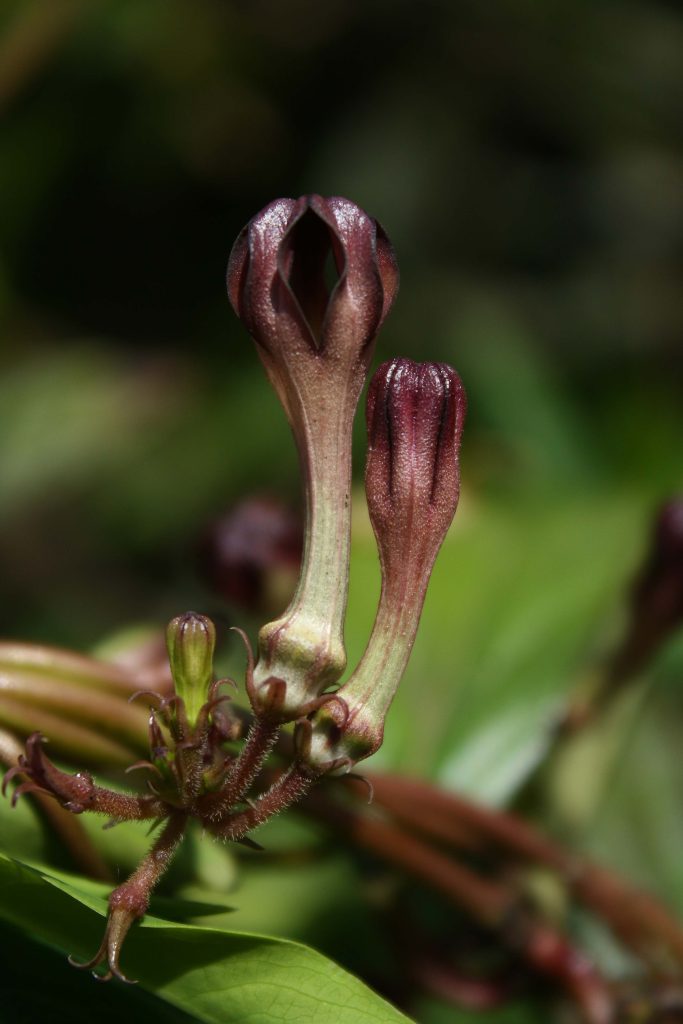
Plants belonging to the genus Ceropegia are known for their unique flowers and peculiar pollination methods. The flowers release a scent to attract flies, but instead of feeding on them like the carnivorous plants, they trick the insects into pollinating them. With a unique shape and hairy filaments at the opening, the corolla forms a cage, and the insects are trapped inside, where, struggling to escape, they brush against the anthers and pollinate the flower.
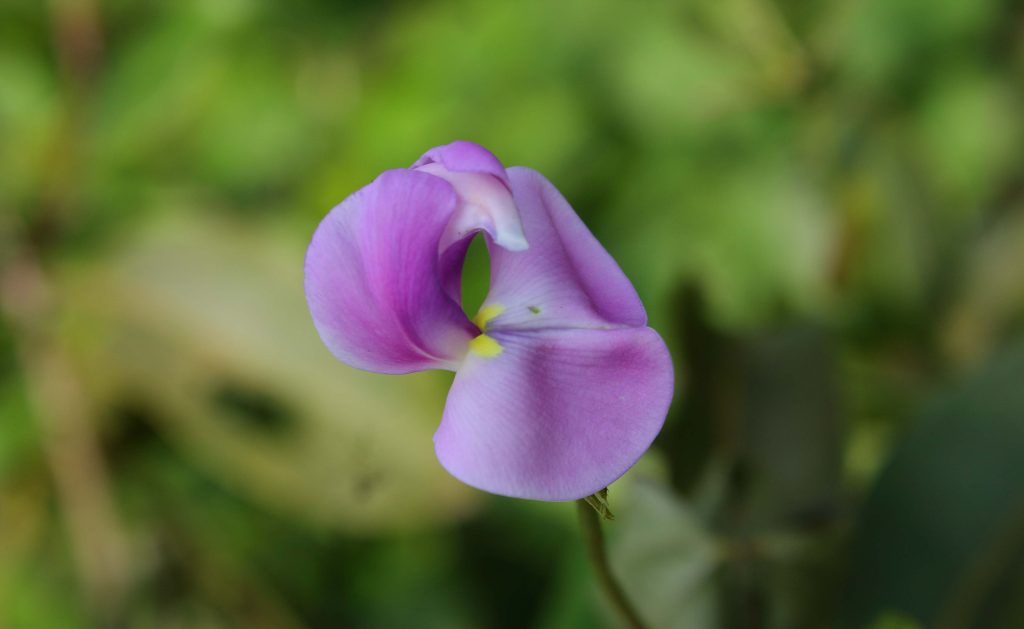
Zombi pea or elephant trunk flower, affectionately called Ganpati flower (Vigna vexillata), also exhibits a unique pollination method. The flower has two horizontal and two vertical petals and one half-moon-shaped petal in the centre, with a bright yellow spot. As soon as an insect lands on the central petal, an elephant trunk-like projection emerges, bathing the insect with pollen. Uniquely, this mechanism is triggered only by a certain weight, so lighter insects landing on the flower do not get showered with pollen.
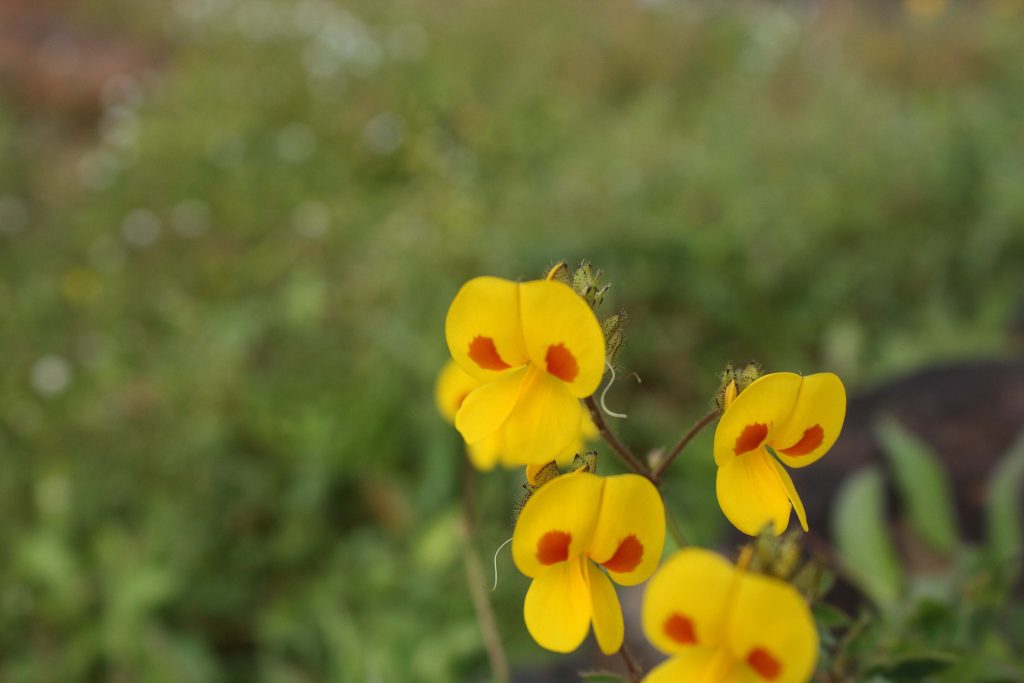
Smithia, or the Mickey Mouse flower, forms the yellow carpet typical of Kaas images. These flowers thrive in rugged landscapes and have adapted to the arid conditions of the non-monsoon season by developing a unique survival strategy. The seeds possess a tough, protective coat, allowing them to endure the harsh summer and germinate when conditions are favourable. Another peculiar species in Kaas is the hairy smithia or Smithia hirsuta, called so due to the yellowish glandular-based hairs on the stem. This species is characterized by red spots on the flowers.
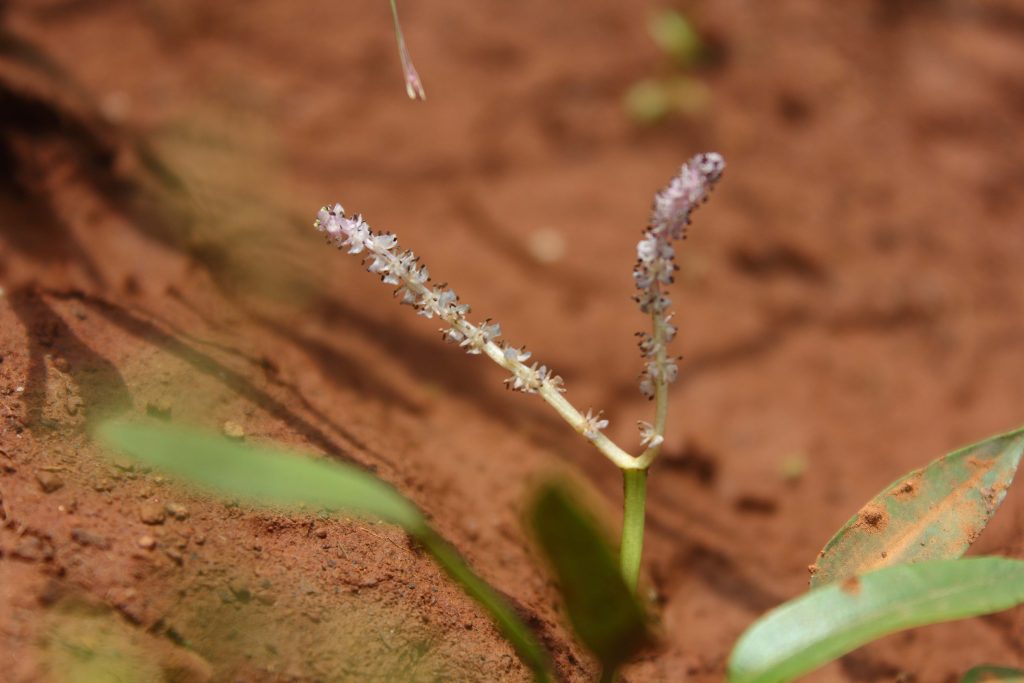
Satara lace plant, locally known as pantura or y-tura (Aponogeton satarensis), is a rare aquatic botanical marvel native to the Western Ghats. Its slender, translucent leaves and delicate white flowers make it a captivating addition to freshwater ecosystems. However, habitat loss and water pollution threaten its existence, earning it a place on the IUCN Red List as Vulnerable. Conservation efforts are vital to safeguard this aquatic gem, ensuring that it continues to grace our waters with its elegant presence, fulfilling its role in maintaining ecological balance.

Long-tailed habenaria (Habenaria longicorniculata), a rare and captivating orchid species found in the Western Ghats, is a botanical gem. Its distinct long, thread-like spur and intricate white flowers make it a sight to behold. Presently, habitat degradation and deforestation pose serious threats to its survival, rendering it locally Vulnerable. Conservation efforts are imperative to protect the unique ecosystems where they can thrive and continue to enchant nature enthusiasts and researchers alike.
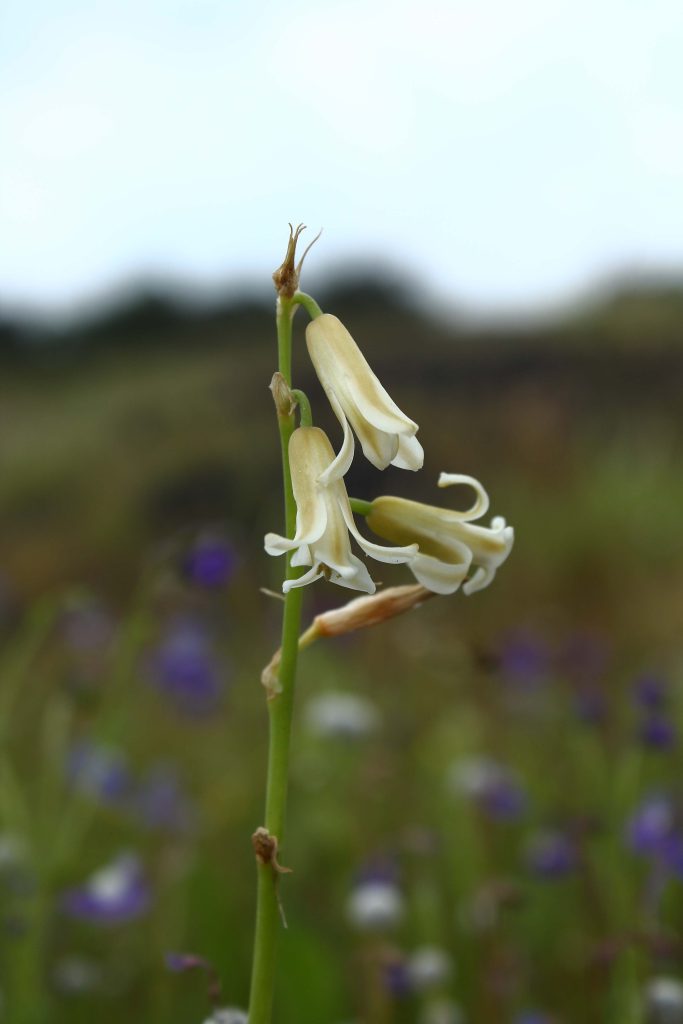
The Rock dipcadi (Dipcadi saxorum) thrives in the harsh rocky habitats of the Western Ghats, showcasing nature’s resilience. It has the most beautiful slender stems, with clusters of bell-shaped, cream-coloured flowers. However, habitat loss and over-collection pose significant threats to its survival, leading to its Vulnerable status on the IUCN Red List.

Deccan pogostemon (Pogostemon deccanensis), a fascinating plant native to the Deccan Plateau in the Indian peninsula, is known for its aromatic properties. This herb emits a pleasant fragrance when crushed, making it a valued ingredient in traditional medicine and perfumery. It also plays a vital role in ecology, providing habitat and sustenance for various insect species. However, like many endemic plants, it faces habitat destruction. This plant needs conservation efforts to ensure its continued contribution to both traditional and ecological realms.
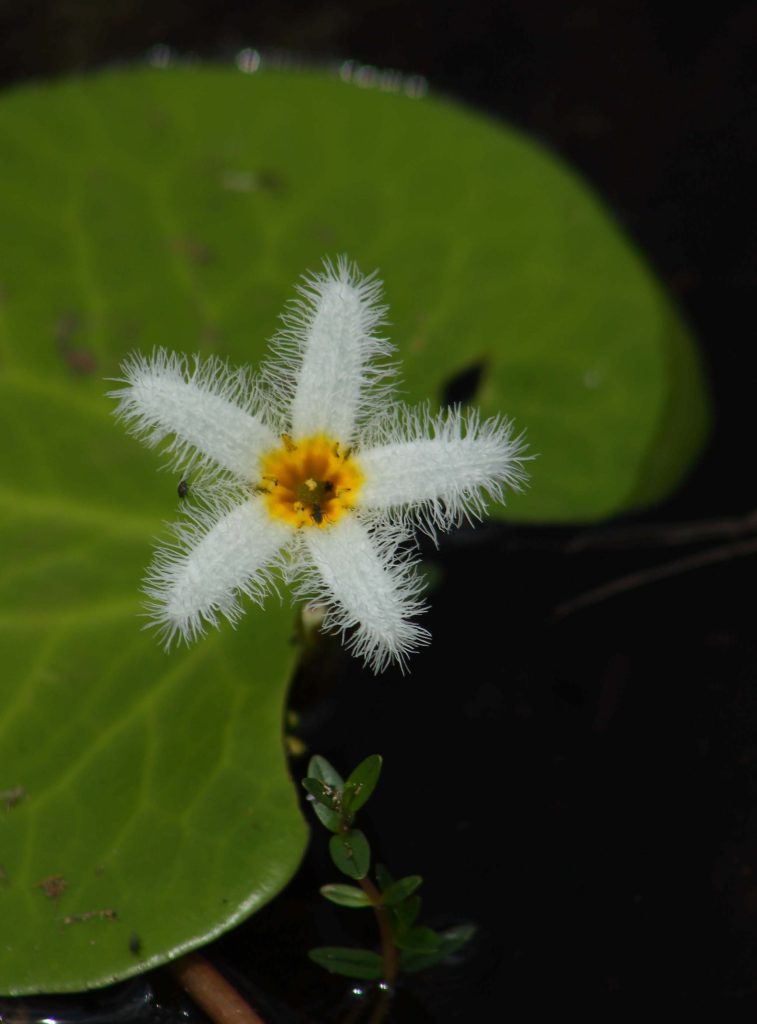
Water snowflakes (Nymphoides indica) are fast-growing aquatic plants that can be seen growing on the surface of Kaas Lake. Colonies of these flowers in bloom on the water’s surface appear as freshly fallen snow, giving them their common name. They are also called floating hearts due to their heart-shaped green leaves.
The uniqueness of Kaas is also the cause of its decline over the years as its metamorphic landscape has gained popularity and is visited by thousands of tourists. Of the more than 850 species of flowering plants found in Kaas, 624 species are threatened. Balancing tourism with preservation, implementing stricter regulations, and actively engaging in habitat restoration are vital steps toward safeguarding Kaas’s fragile ecosystems. The future of the Kaas plateau depends on our collective commitment to sustainable practices and the preservation of its unparalleled beauty.
Asif N. Khan has been working as Programmes Officer with BNHS for over 13 years. He holds a keen interest in birds. He enjoys writing and is interested in photography, which brought him to Kaas.
Image credit: Asif N. Khan

